Whisked away for a sneaky weekend in Christchurch, I was asked if there was anything I wanted to do between the whirlwind of good food, libations, swimming and spa bathing. Since this was my first visit to the quake-ravaged city since shortly after the February 2011 earthquake, my response was immediate. I wanted to see the city’s most enduring symbols of this disaster, to reflect on the events of seven years ago, and find out how far the city had come in the time since.
My hosts obliged, though first they brought me to the trendy C1 Espresso café to check out their rather unique mode of food delivery. The café has been located in the historic old High Street Post Office since their previous premises were destroyed by the earthquake, meaning the visit could double as research. An adventurer is never truly off the clock!
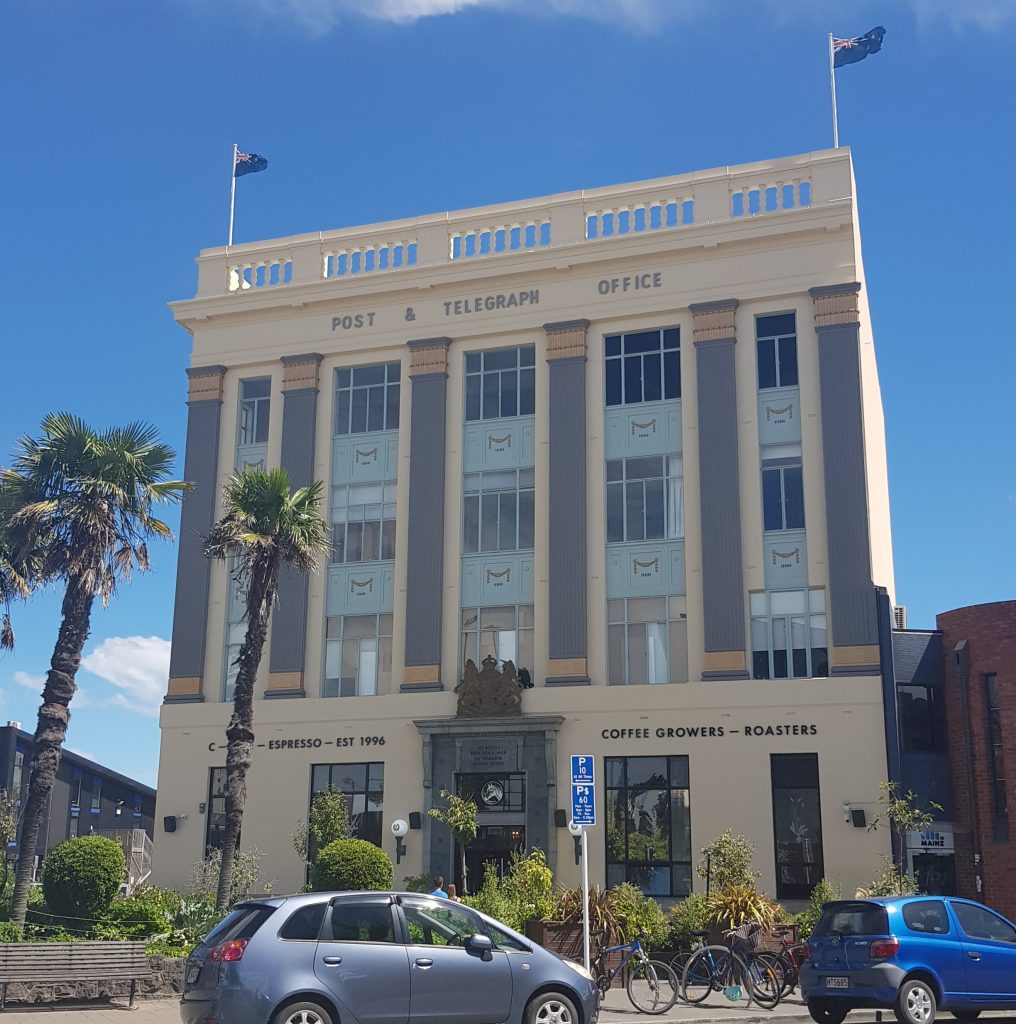
The depression-era building was opened in 1932, and thus we learn the secret of how it survived the earthquake intact while the rest of the city crumbled around it. The 1931 Hawkes Bay earthquake caused a re-think of the original brick design, and this reinforced concrete structure arose in its place.
Which just goes to show, we learn, and then we forget, and then we learn again.
The interior of the cafe is almost certainly the most hipster thing I have ever seen. The drink fountain is a re-purposed antique sewing machine and the toilets are hidden behind a sliding book case. I felt like I should have grown a fancy beard just to be admitted.
But the most remarkable feature of the place is the entwined network of vacuum tubes through which they will send your food whizzing to your table. An email to the business asking whether these were genuine antique vacuum tubes or recent reproductions was still unanswered by the time of publication (I like to fancy myself a journalist sometimes).
After finishing our high-speed snack, we were ready to see the town. We headed down High St past a few damaged buildings and crossed the intersection with Manchester St to find sheep on the tram lines!
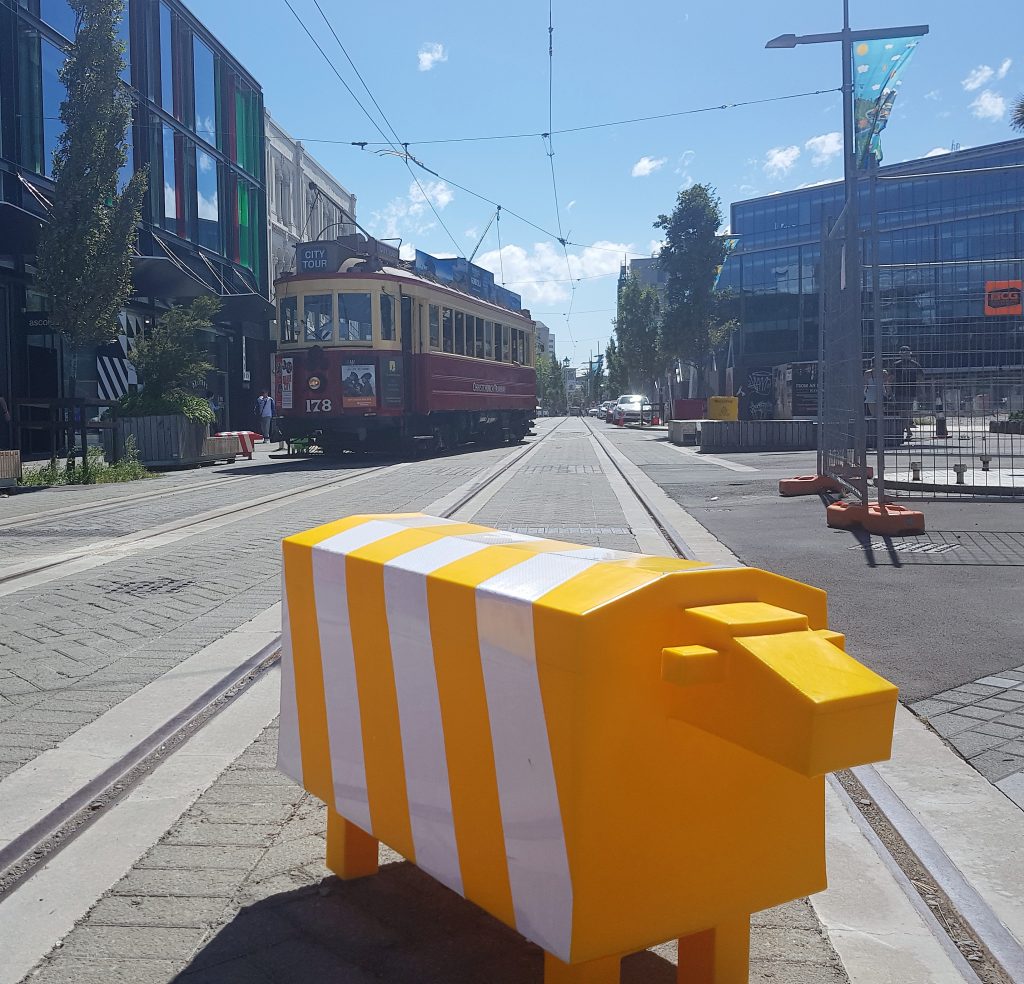
In an odd contrast, new and modern buildings have cropped up like mushrooms among the remaining empty lots and still-scaffolded ruins, such as the one we were just now passing by. The ANZ Centre, an imposing space-age assembly of glinting glass facets, replaces the old Triangle Centre which was irreparably damaged in the February 2011 earthquake.

Sun-tanned by reflected rays, we finally reached Cathedral Square. But before I could turn to my ultimate goal, a different historic building caught my eye, elegant in red brick with white edging, but fenced off from public access.
This is Cathedral Square’s oldest building, built between 1875 and 1877 to house Christchurch’s Chief Post Office and other government functions. It was also the site of New Zealand’s first telephone exchange, installed in 1881.
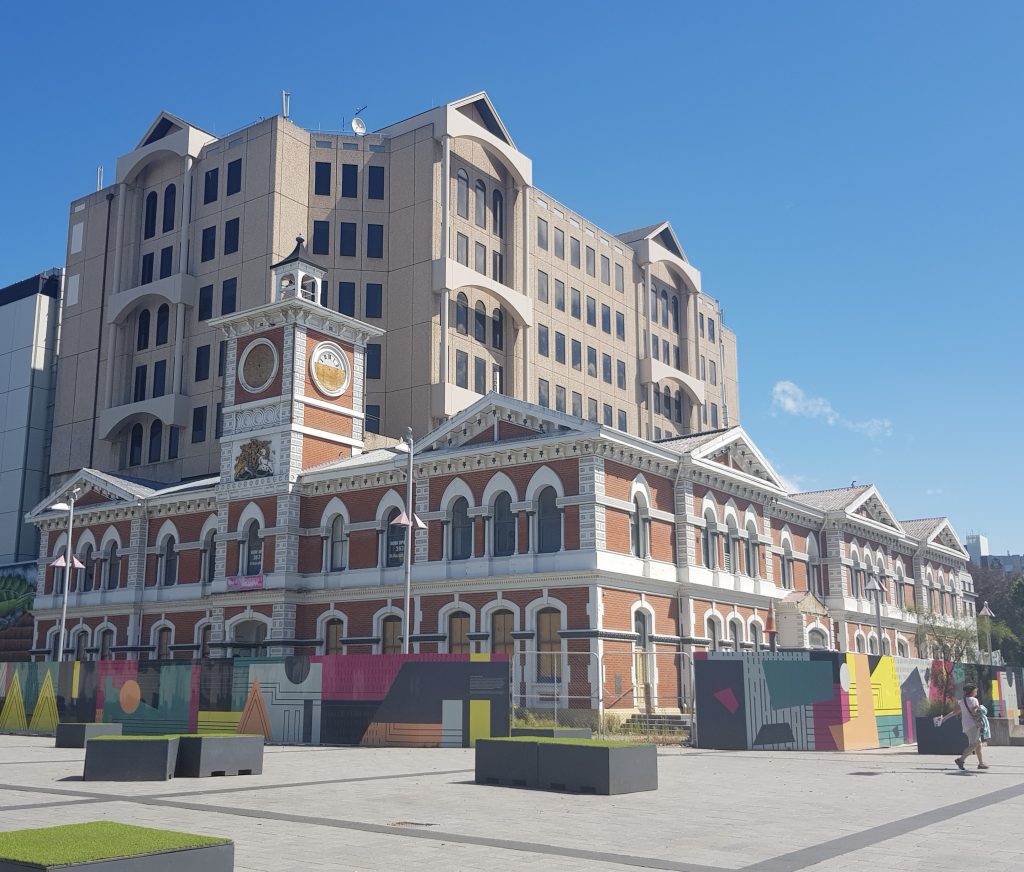
Since the 2011 earthquake it has languished unoccupied, lost in a maze of insurance, heritage and consent negotiations. However the private owner has stated his intention to repair the building, so hopefully there is a future for this stately Victorian relic.
At last it was time to view the city’s most famous and controversial relic of the earthquake, as we peeked through gaps in the tall barrier surrounding it. The ChristChurch Cathedral stood before us in all its shattered glory, the entire front end and 62.5m spire now having been removed and the grounds overgrown by gorse and long grass. The steel scaffold that had been intended to support the rose window still stands, despite an aftershock that caused the window itself to fall not long after it was erected.
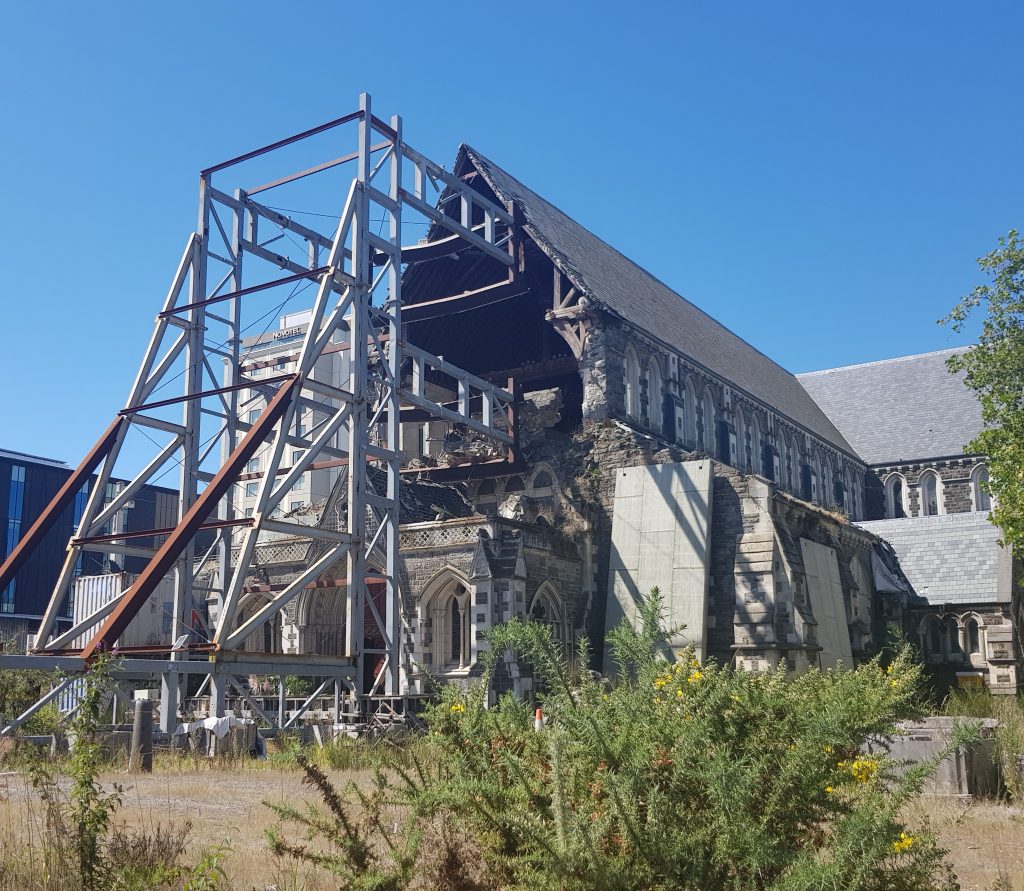
With a massive shortfall in insurance funds for a rebuild, the diocese made the sad decision to demolish the building. However they were opposed by many members of the public, some of whom banded together into groups and sought injunctions to prevent the final demise of the cathedral.
This once again raises a question I briefly explored when I rushed to capture the history of Dunedin’s Hillside Rd Wesleyan church shortly before its demolition. Should the public really have the power to dictate that private owners pay out of their own pockets to preserve such buildings? Where is the boundary between legal owners of heritage icons and a public that feels a sense of ownership over landmarks that become entwined with their identity?
It is easy to see why the citizens of Christchurch might feel that the cathedral belongs in some measure to the city. The foundation stone may not have been laid until fourteen years after the city was founded, but it had been the heart of Christchurch since the Canterbury Association first conceived the idea of an Anglican settlement laid out around a central cathedral. Cathedral Square was known as such since 1851, long before the building’s completion in 1905. If anything else, the building is a tangible link to the time before, to the beginning, when so much else has been changed and laid to waste.
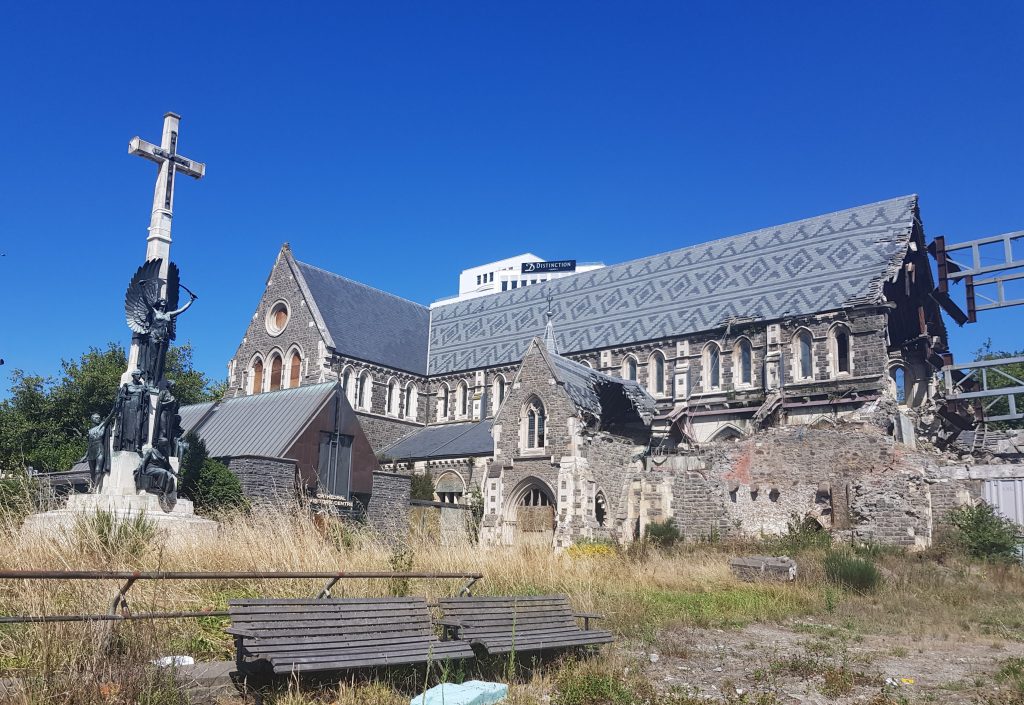
Luckily the seven-year impasse appears to be at an end, resolved in a manner that should satisfy all parties. The cathedral will be rebuilt, with the church’s financial contribution capped at the amount of their insurance payout, and the government and private donations making up the rest. The rebuild will stick to the same basic design but include improvements in earthquake strengthening, heating and seating.
The rest of Cathedral Square is equally interesting, and though we didn’t have time for a thorough investigation, I did note the art works and interpretative signage that looked beyond Christchurch’s European history to acknowledge the area’s pre-European Maori and natural history. In a way, the earthquake and the wave of change it heralded has provided an unprecedented chance to examine what Christchurch should become, not only in its built structures, but also in a cultural and ecological sense.
We left the Square, though I promised myself to return some day to track the Cathedral’s progress from ruin to rebirth. We crossed the grassy Latimer Square to finally set our eyes upon the bold coloured windows of the ChristChurch Transitional Cathedral, or as it is popularly known, the Cardboard Cathedral.

Home to the displaced Anglican congregation since 2013, the Cardboard Cathedral subverts many of the traditional themes of religious buildings. Rather than being a splendid monument to last out the ages, it is a simple structure designed to endure a mere 50 years, built from make-do materials such as cardboard and shipping containers. Despite that, it is perhaps one of the most internationally recognised buildings in New Zealand.

Now it was time to approach the end to our expedition, for just down the street was the scene of the worst tragedy on the ill-fated day of 22 February, 2011. It’s hard to imagine that on that day this fenced-off section at the corner of Madras and Cashel streets was the scene of a desperate rescue effort, the place where ultimately 115 people would die after the collapse of the six-storey CTV building.
Mere months before my visit here, police had finally informed the families of the victims that nobody would be prosecuted for the collapse, which was the result of a series of mistakes, misjudgements and oversights that alone would have been minor but together resulted in a catastrophe far beyond the sum of its parts.
The elements that would add up to the collapse began in 1984, when this site was purchased. A developer keen to reduce costs, an inexperienced engineer, an unusual earthquake-safety design, lax design oversight, shades of good-old-boys in the consent process and misleadingly-positive building inspections after the earlier quakes all played their part in the tragedy.
The biggest contributing factor in the building’s collapse was the “shear wall” design – a structure intended to absorb the impact from earthquakes and hold the building upright. Normally these are found in the centre of a structure, but in this case it had been placed at the north end, and the connections tying it to the rest of the building were simply not strong enough. When the earthquake hit, the shear wall remained standing as intended, but the connections were severed and the rest of the building fell.
Had just one link been broken in the chain of events from commission to collapse, the problem might have been identified and those people might have lived. Everybody who was involved in any step of the way shares a small piece of responsibility, but according to the police, none meet the standard for criminal liability.
For those who lost loved ones, that conclusion offers very little in the way of comfort or closure. Perhaps more helpful will be the transformation of this place into a memorial park, which should be complete by the time you read this.
Diagonally opposite the site stands another chilling reminder of the quake’s death toll. 185 white chairs have been arranged on the grass by artist Pete Majendie, one for each life lost. The seats are as varied as the people they represent, from wheelchairs to heartbreaking children’s stools.
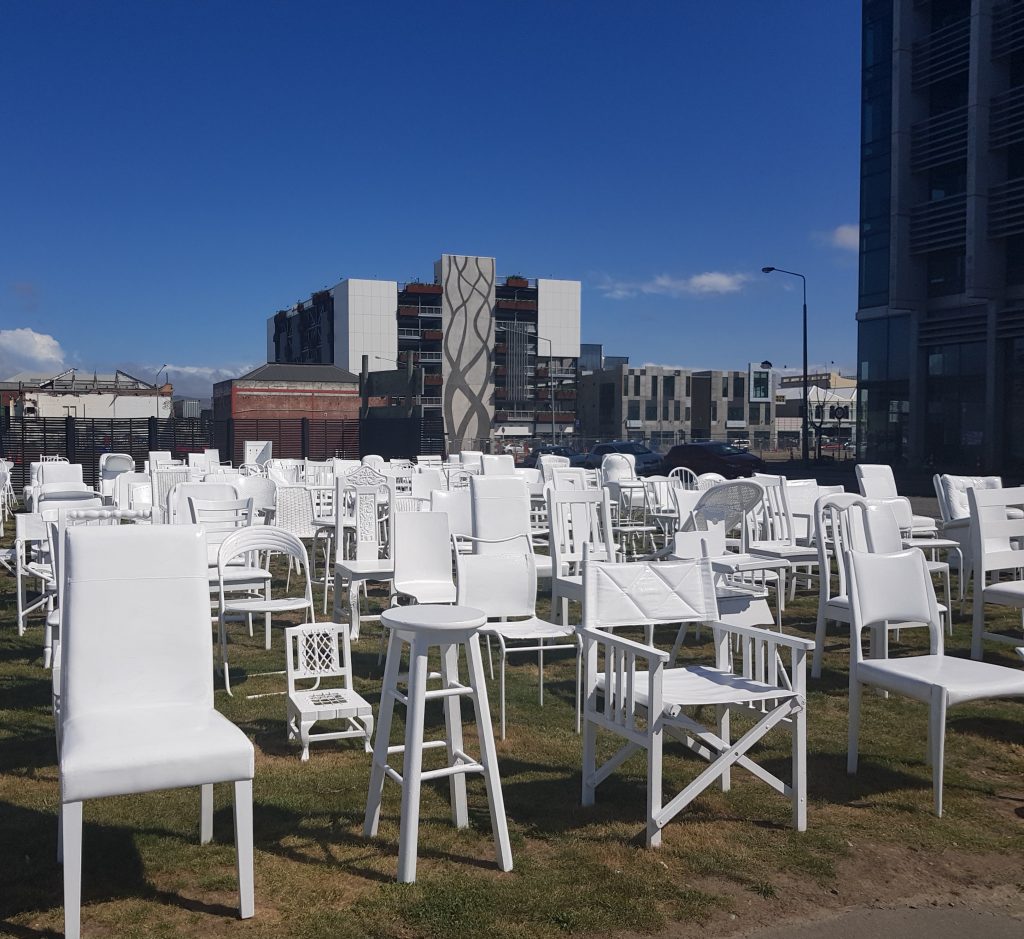
As we contemplated this empty space between the old and the new, past and future, life buzzed on around us. Eventually we shook off the shadows of 2011 and returned to the present, our journey over.
Back at our lodgings I was in a quiet mood, but my friends soon drew me out of it. After all, we must enjoy friendship and love and vitality, for who knows what changes the future may bring?
References:
The ANZ Centre: About the Building
Repairs confirmed for historic former Post Office building in Christchurch by Liz McDonald
Heritage Listing: Cathedral Church of Christ (Anglican)
Cathedral decision will kick-start millions of dollars in donations – campaigner by Charlie Gates
New Zealand to rebuild Christchurch Cathedral more than six years after deadly earthquake
Police will not prosecute over CTV collapse by Martin van Beynen and Sam Sherwood
CTV site work on track for completion before February 22 Christchurch earthquake anniversary by Michael Hayward
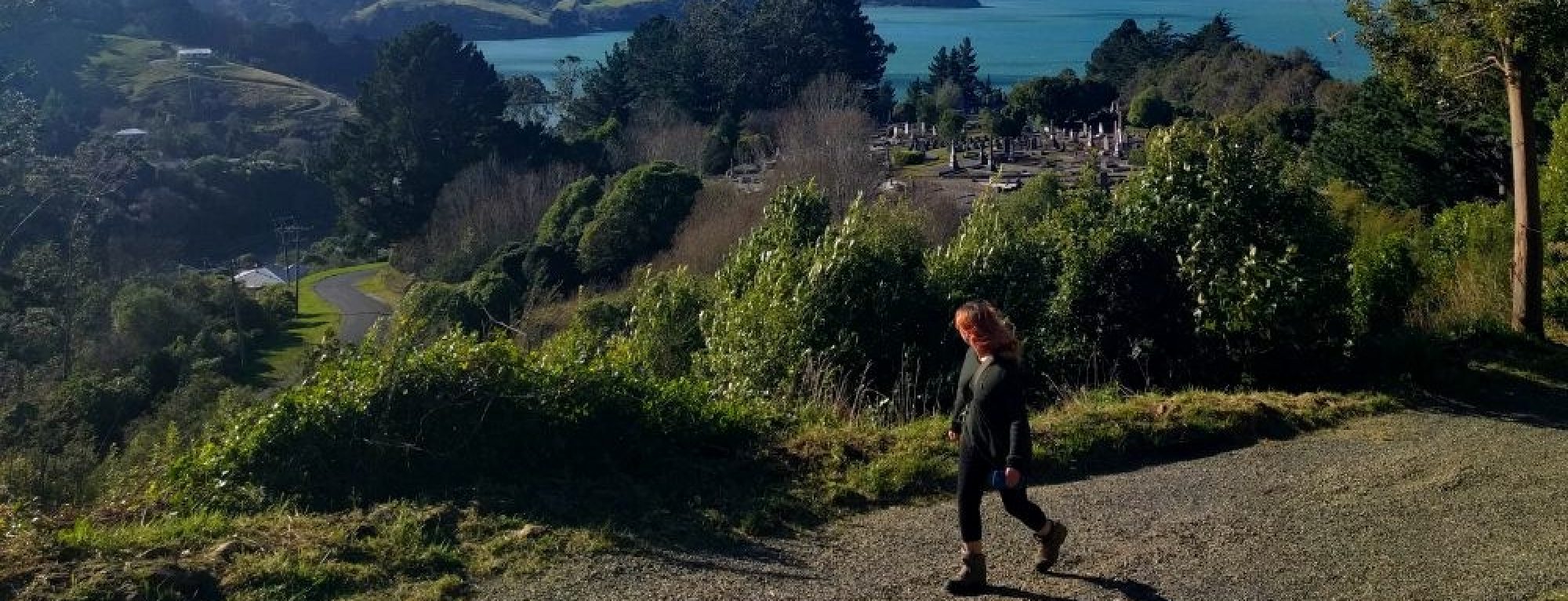



Interesting reading and photos thanks.
Wonderful writing, I’m going to show my whanau as they’ll be most interested in how the City is evolving.
Suzanne Pickworth
Beautifully designed architecture! Just by the looks of it, you can really see how sturdy the entire structure is.
url:
https://www.commercialcleaninghamiltonpros.co.nz/